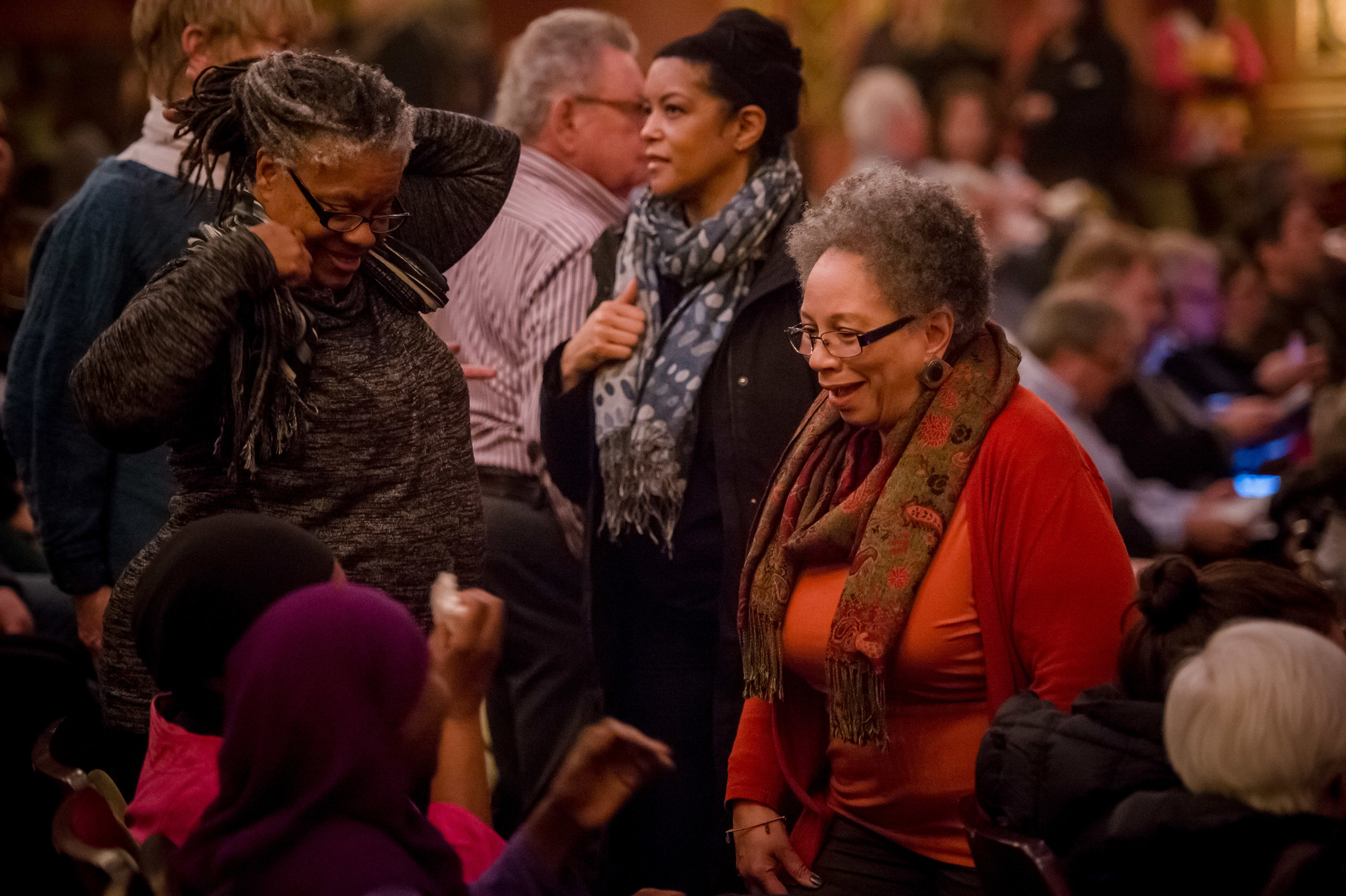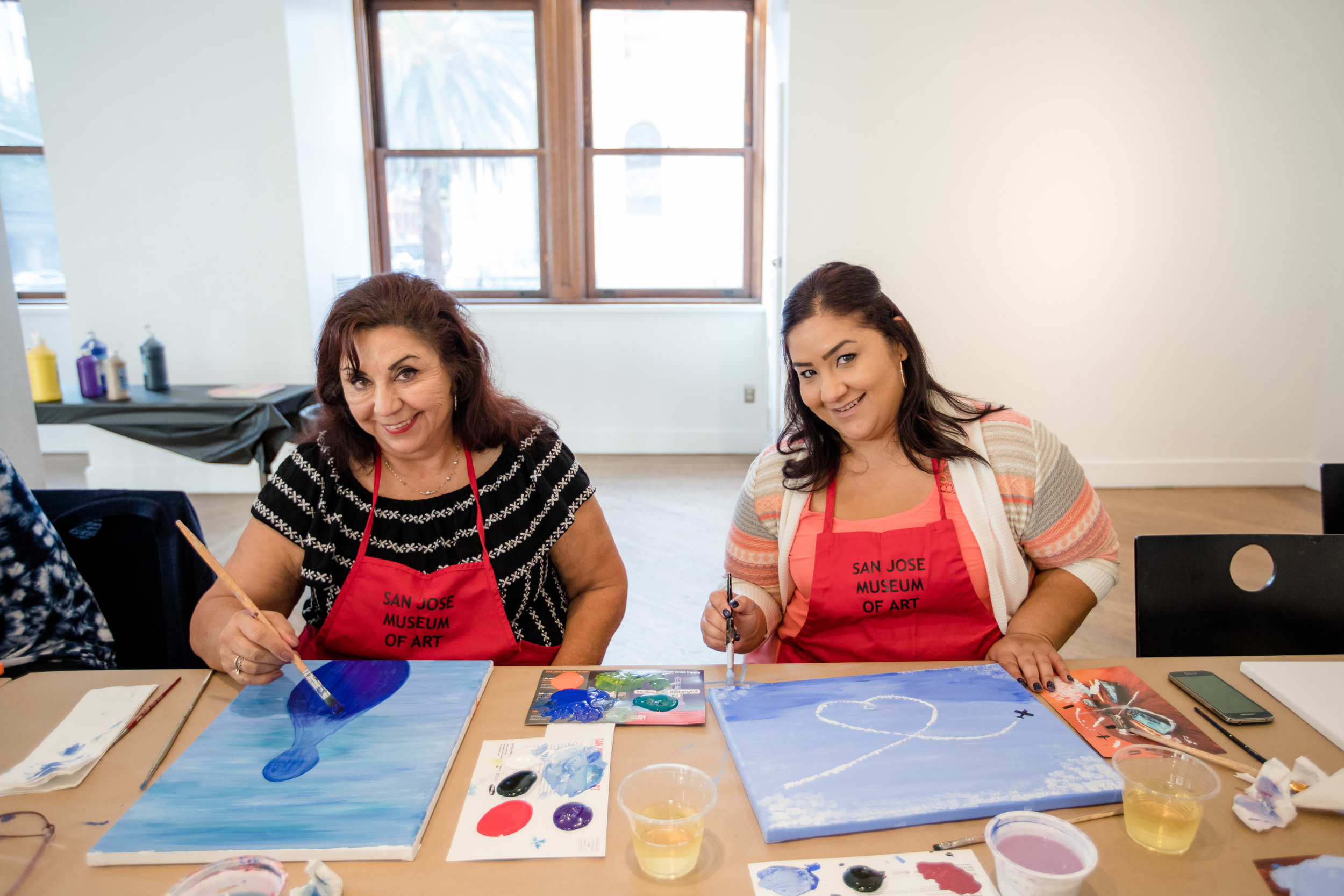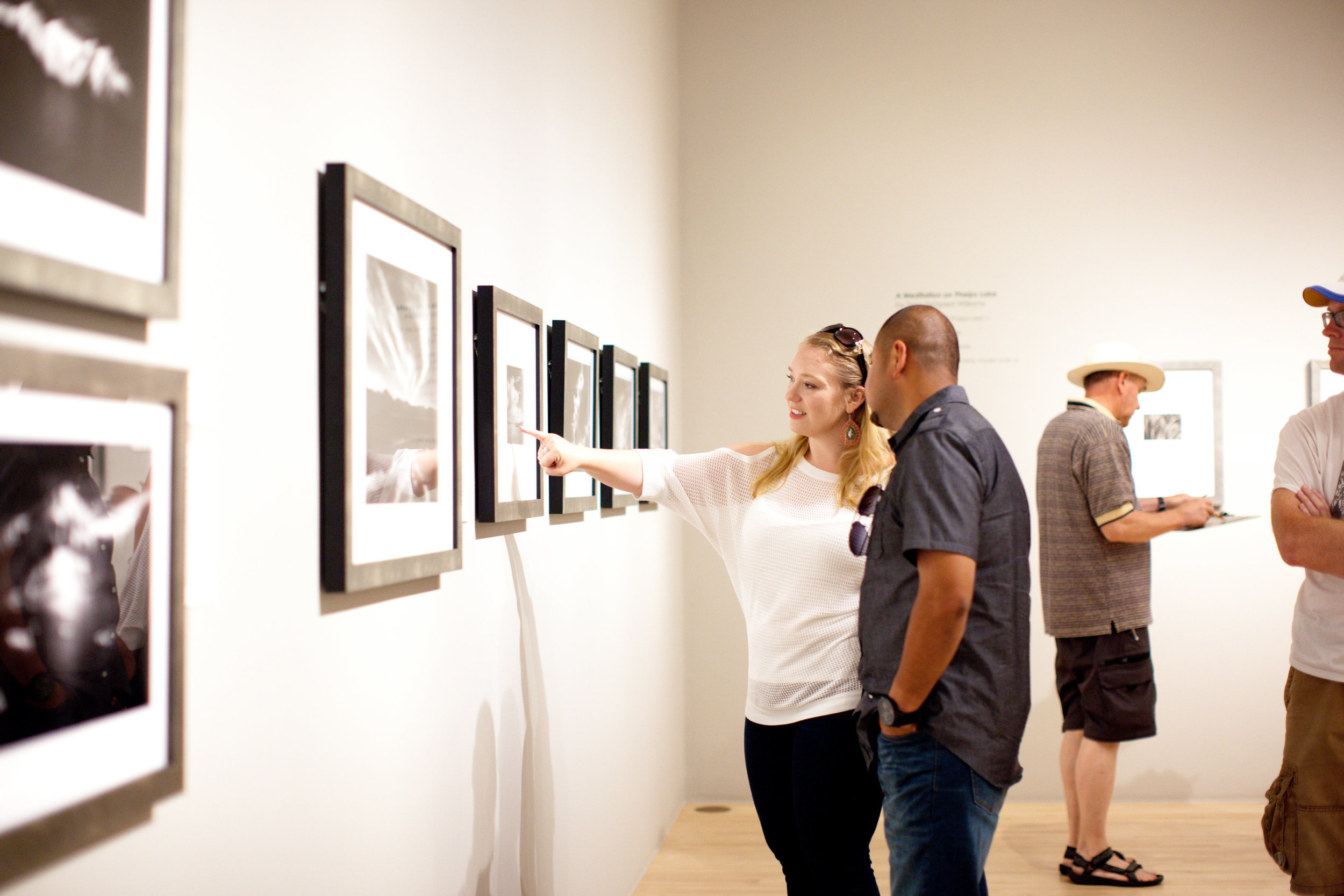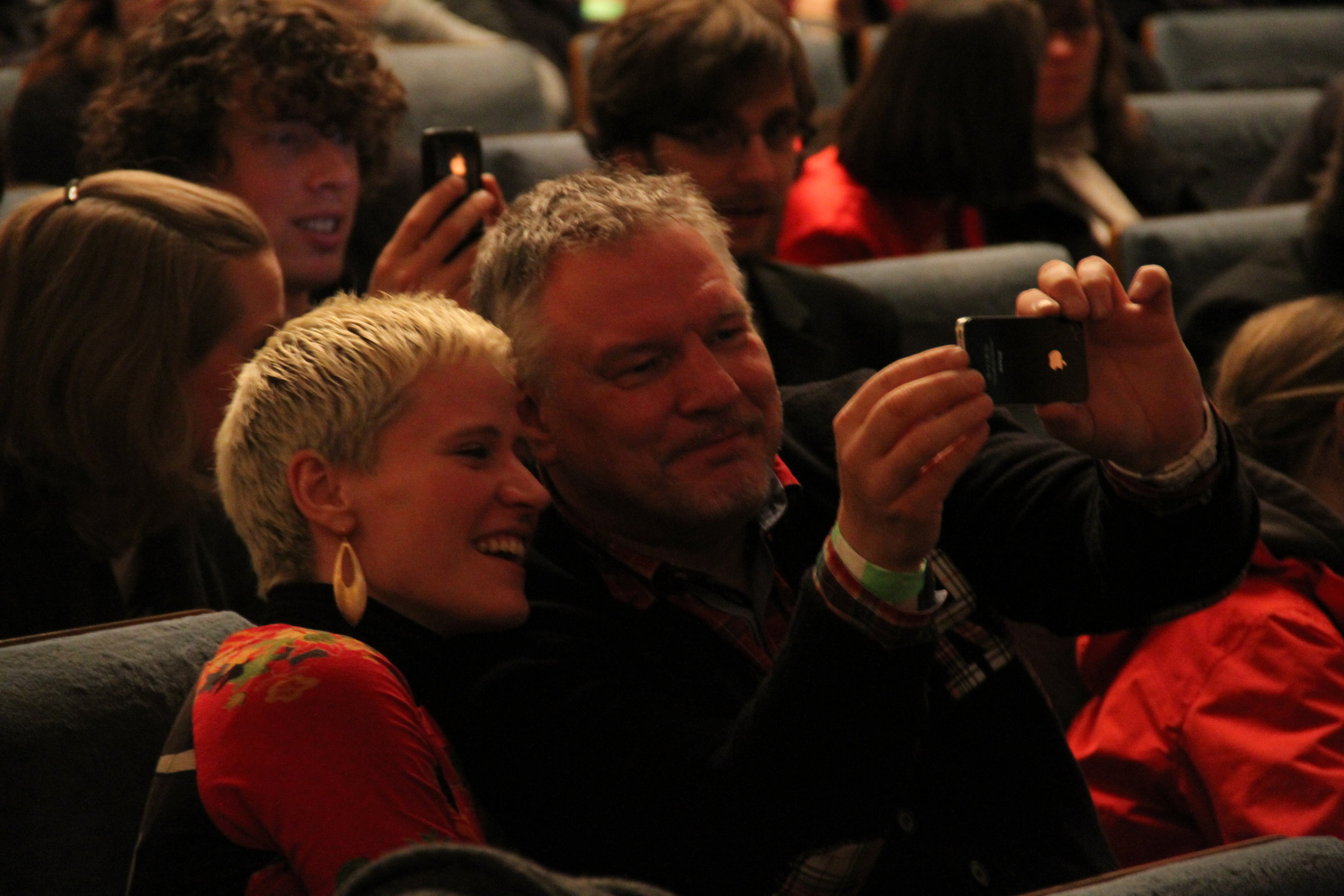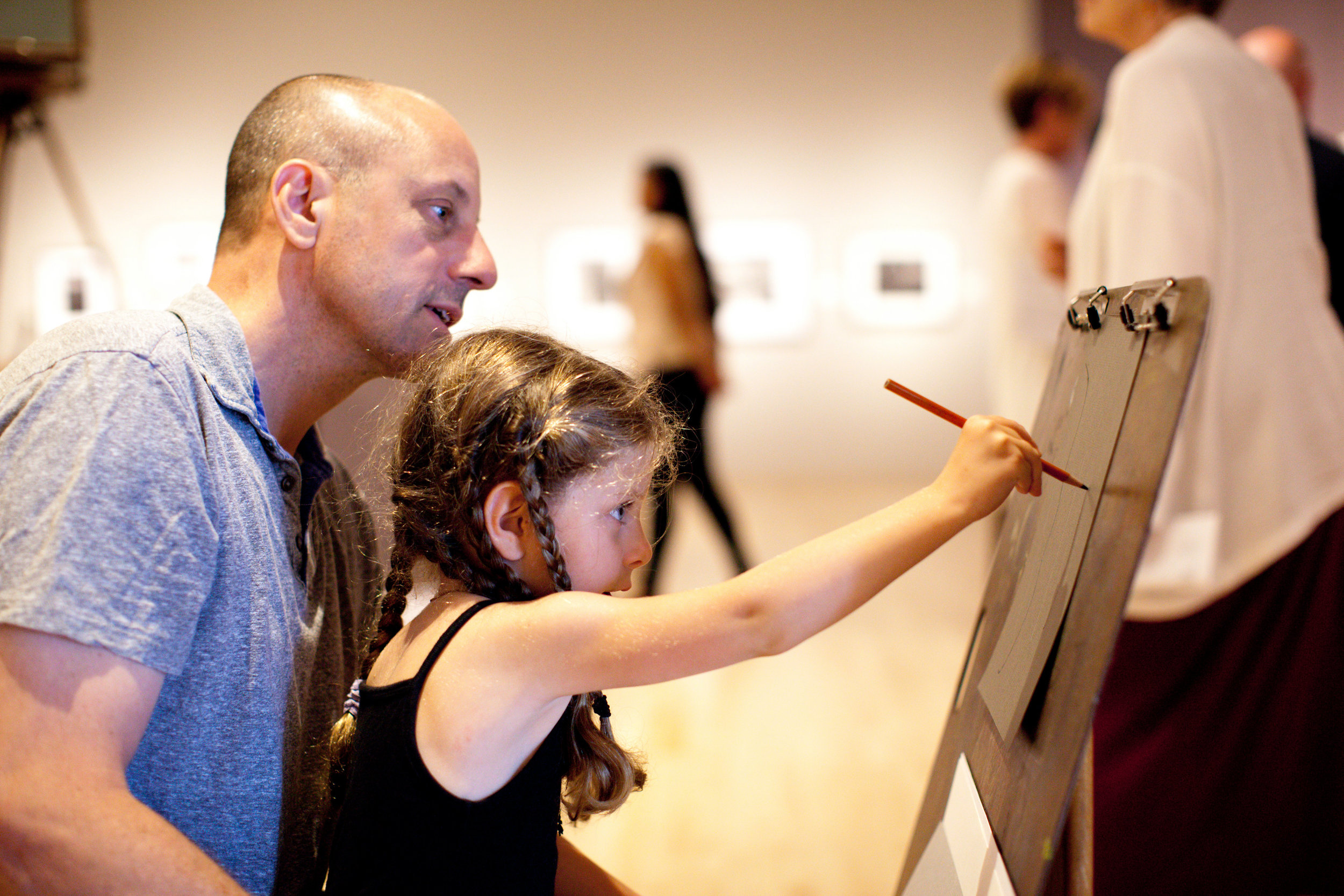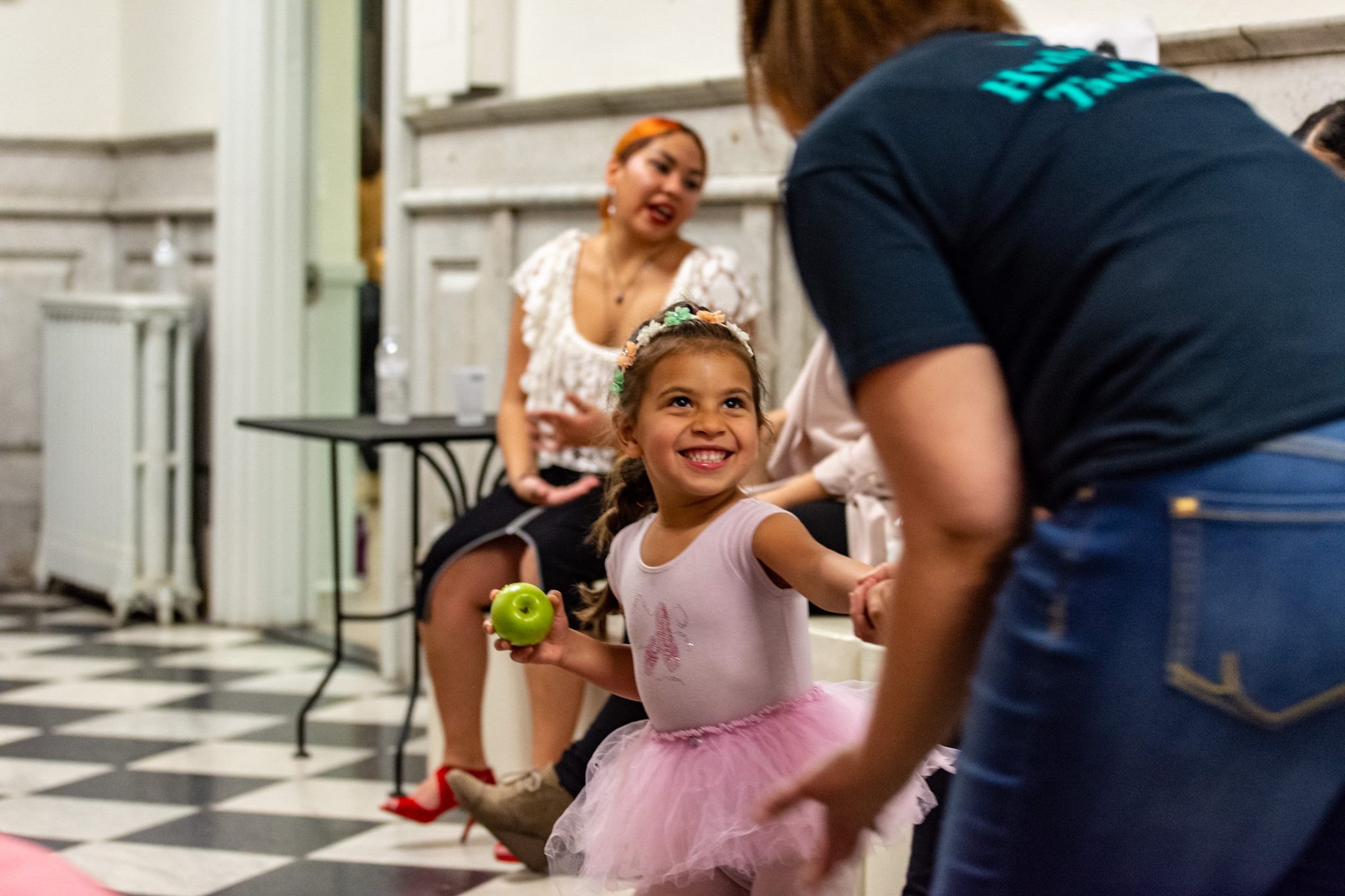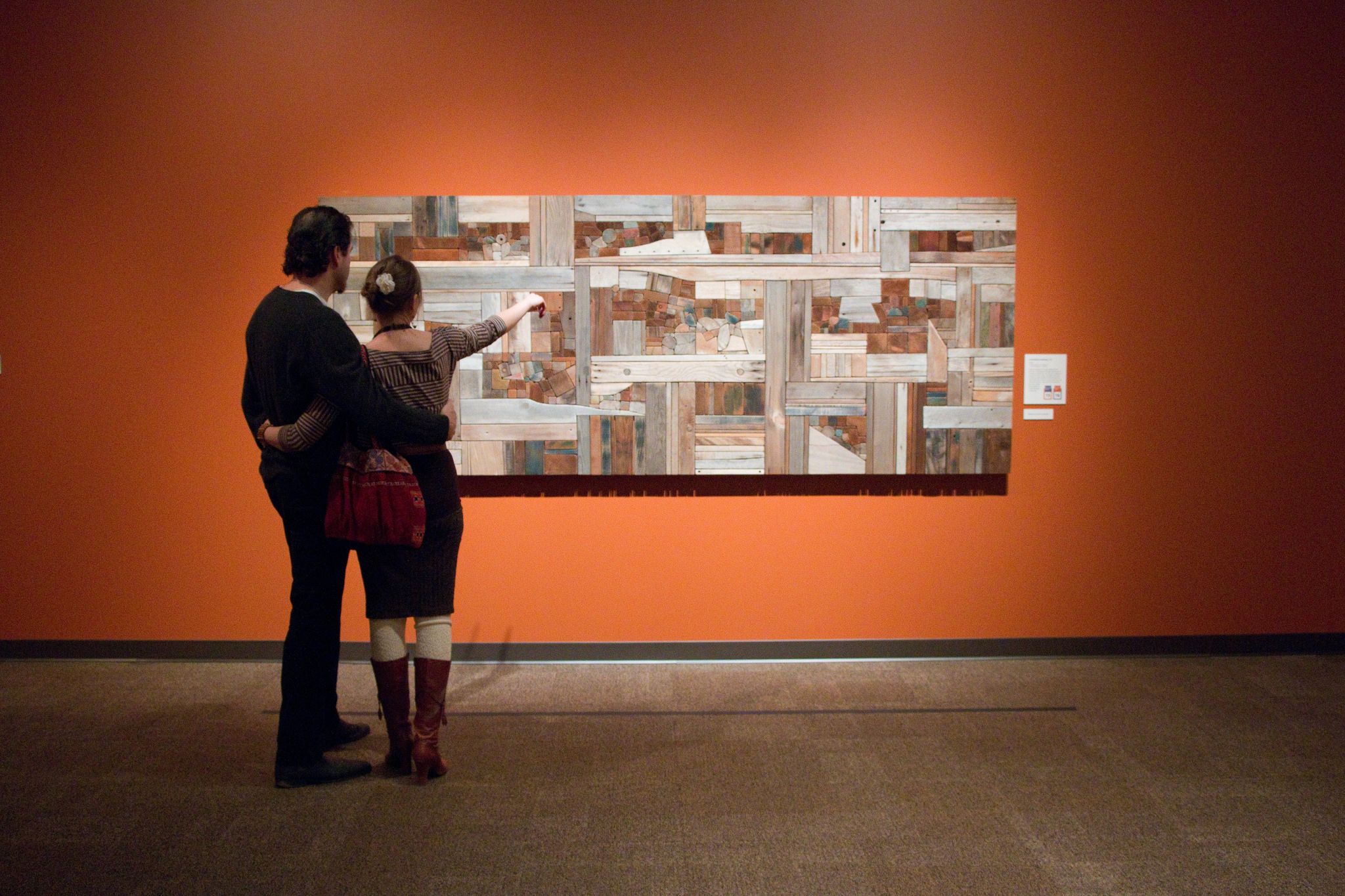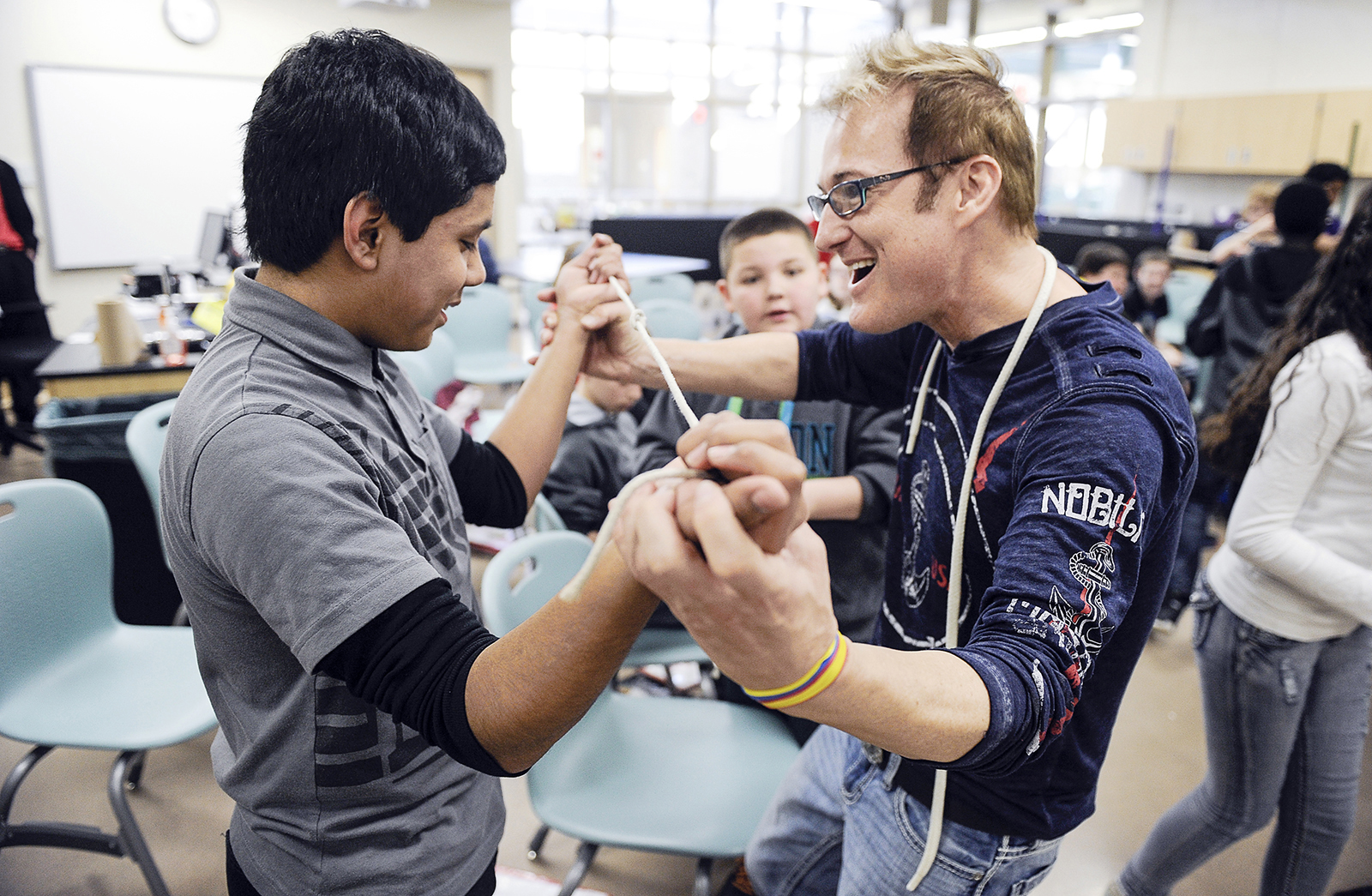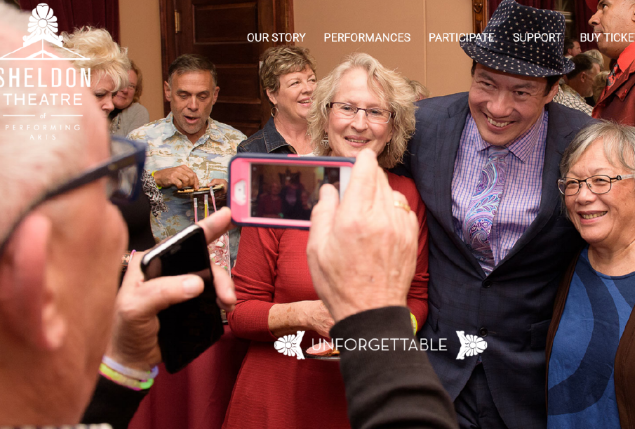View a print-friendly PDF of this page.
Tell Your Story
One of the most powerful ways to communicate is through stories and images—these platforms play a critical role in bringing your work to life and conveying kind of experience people can look forward to and expect.
Before you get started
As you select photos and messages to tell your story, consider the themes contained in Creating Connection’s core research findings:
Sharing creative experiences and expressing our creativity build powerful connections with the people we’re closest to, with our community and the world around us, with our cultural heritage, and with ourselves. Creativity is in everyone and all around us. Exploring and experiencing creative expression enriches our lives and communities.
Tip 1: Show connection in all its forms
Put the audience in the picture, whether they are exploring creative expression around them or sharing their own creativity.
Show how a community comes together to share a special moment.
Reflect the diversity of your stakeholders—both current and desired.
Highlight pre- or post-event interactions or give a behind-the-scenes view of your work
Tell stories about the bonds that are formed through your work—including likely connections (friends and family) and unlikely connections (people you never would have met otherwise).
Tip 2: Highlight the audience and active participation
Choose photos and tell stories that convey the reactions and emotions that are felt by your audience.
Highlight the interactive elements of your programming—where the audience is a direct contributor.
Tip 3: Lead with “creative expression”
Research tells us that “creative expression” is a more welcoming frame to our priority stakeholders than “arts and culture.”
By leading with “creative expression,” you might bring new stakeholders into the conversation.
Tip 4: Show the benefits that people value
Tell audience-centric stories that get to the heart of what’s “in it” for your audiences.
Create meaningful messages that share how your activities provide opportunities for growth, voice, well-being, and happiness.
Tip 5: Be accessible. Use a welcoming, conversational, approachable, and inviting tone.
Avoid any unnecessary insider jargon and acronyms.
Where possible, ask questions and provide opportunities for dialogue, response, and feedback.
Diversify the messenger. Invite multiple members of your organization, your audience, and community members to serve as messengers and to share their perspectives, their story, and your story.
See how the New Ballet School invited students to share the impact and power of their work.
Messages that matter
For other ideas on how Creating Connection can be a resource to support your marketing and communications, check out these articles from the growing library of resources:
Image credits: Tip 1: Photos by Randall Garnick Photography, courtesy of ArtsEmerson; Noriko Slussen courtesy of San Jose Museum of Art; Staff courtesy of Hyde Square Task Force; Tiffany Rodgers courtesy of Arts Midwest. Tip 2: Courtesy of San Jose Jazz; Tip 3: Courtesy of City of San Jose; Tip 4: Screenshot of Sheldon Theater.

